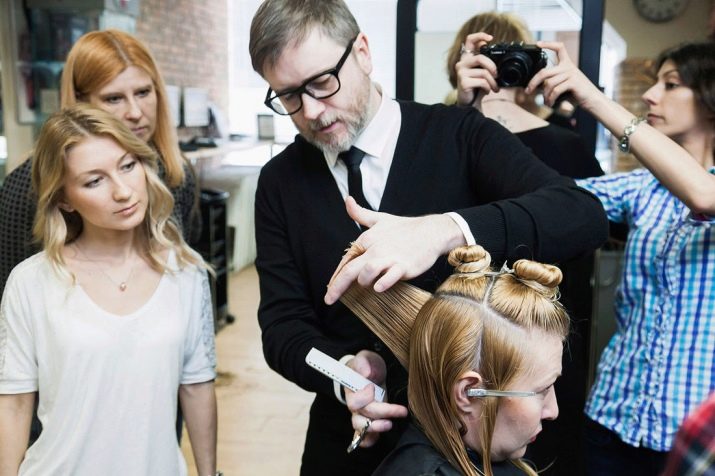Hairdresser-stylist: features and training
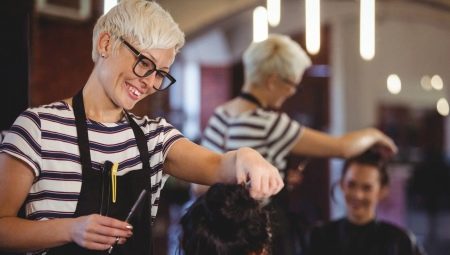
For the layperson, the difference between a regular hairdresser and a hairdresser-stylist or hairdresser-fashion designer is not so obvious. For a simple visitor, this sometimes seems to be nothing more than a self-presentation of a specialist in whose chair he sits. But this is not so: only those who meet its criteria can assign themselves a new professional name.
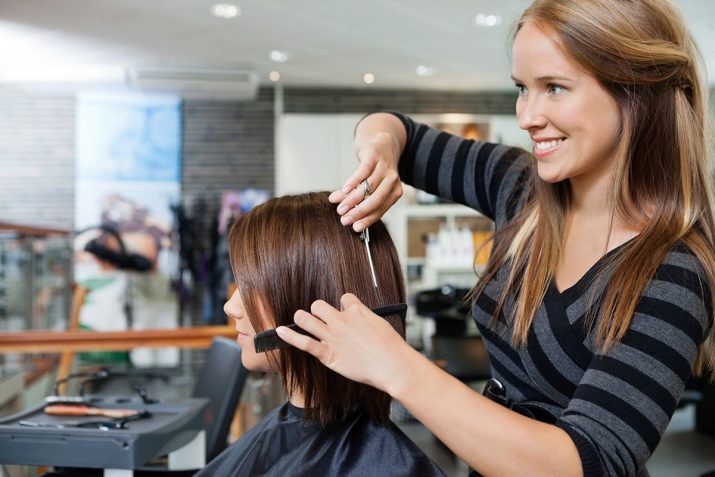
Who is that?
A stylist is a person who is engaged in creating an image of a man or woman. The stylist does this by shaping the hairstyle. Moreover, such a specialist may additionally have the skills of a make-up artist, and some professionals study further and can select a full client's bow. This master not only gives the client a new hairstyle, but can apply professional makeup and even pick up a basic wardrobe. Of course, there are not very many such highly qualified professionals, although not a few of them position themselves as such.
And yet, if you are interested in the profession of a hairdresser-stylist, you need to start with the basics. You should have a basic education that teaches the basic skills of a hairdresser: cutting, dyeing, styling and much more. Someone, acquiring these skills, decides to become a hairdresser-fashion designer, that is, the specialist goes into the field of complex hairstyles, exhibition work. Another hairdresser specializes in dyeing and becomes a colorist.
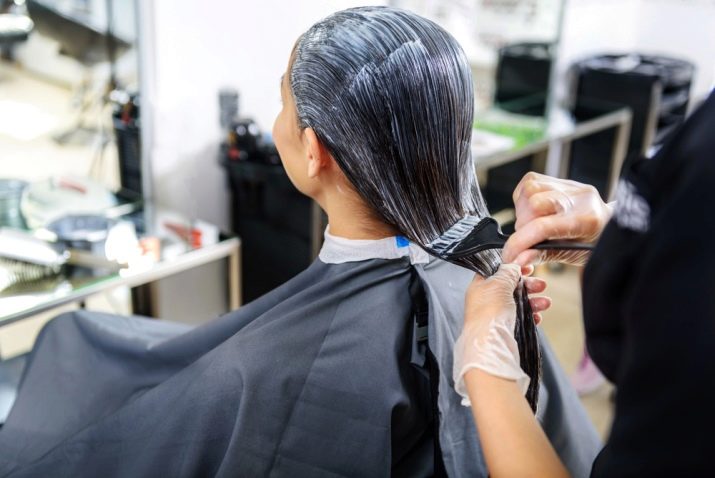
A hairdresser-stylist is a professional worker who will not only do the hair at the request of the client, but will also give that full consultation. After all, many people come to a hairdresser or beauty salon to get out of there as a new person.But the specialists working there can disappoint the client - they make the usual haircut, standard coloring, regardless of the individual characteristics of the client.
The work of a stylist involves assessing the visitor's appearance and choosing the right hairstyle, shade of hair, care, depending on his personality.
There are male hairdressers-stylists, there are female hairdressers, and there are generalists. If a person does not just declare himself a stylist, but really knows how to do what is prescribed for this profession, he will be in demand. And this will favorably distinguish him from a huge army of colleagues, will single out and attract new clients to him. In the competitive environment of the beauty industry, this is a great opportunity to grow professionally.

Pros and cons of the profession
Like any other job, this profession has its merits and demerits.
Better to start with the merits:
- creative field - such work is difficult to compare with a conveyor belt, because every day a new client sits in the hairdresser's chair with his requests and expectations;
- fast and noticeable result you can see your own activity every day and several times, and this is inspiring;
- the opportunity to participate in professional competitions - keeps in good shape, develops, makes it possible to express oneself at the highest level;
- constant self-development - hairdressing develops literally every day, new technologies, drugs, tools appear, and the master must learn this;
- it is easy to enter an educational institution - since they study as a hairdresser in colleges (at least the beginning of the professional path there), there is no high competition among applicants;
- demand for a profession - hairdressing and beauty salons open, expand, require young professionals with a new vision, so getting a job is not so difficult;
- the opportunity to develop your career through social networks - if you start a page on a popular social platform, a large number of people will see examples of your work, it is more difficult for an accountant and a lawyer to do this.

Disadvantages of the profession:
- on my feet all day - and you can't get away from this, the profession requires certain physical strength, endurance, endurance, and in order not to acquire professional "sores" by the age of 30-40, light gymnastics, handy massagers at the workplace will help you;
- human factor - you have to work not with documents, not with equipment, but with people, and they have different characters, temperaments, morals and requirements, and sometimes contact at the workplace turns into a conflict;
- work with chemicals - most dyes are not environmentally friendly, and working with them, of course, is not useful for the respiratory system, skin, eyes;
- high competition - in most cases, you need to win back your client, grow, improve, attract with a personal approach, tact, benevolence and, of course, an excellent result of work.
By comparing the pros and cons, you can better understand your own intentions. The romantic flair of the profession can be dispelled if a person clearly imagines physical activity, the number of communications per day, and rivalry.
Basically, those who consider this a vocation become hairdressers-stylists.
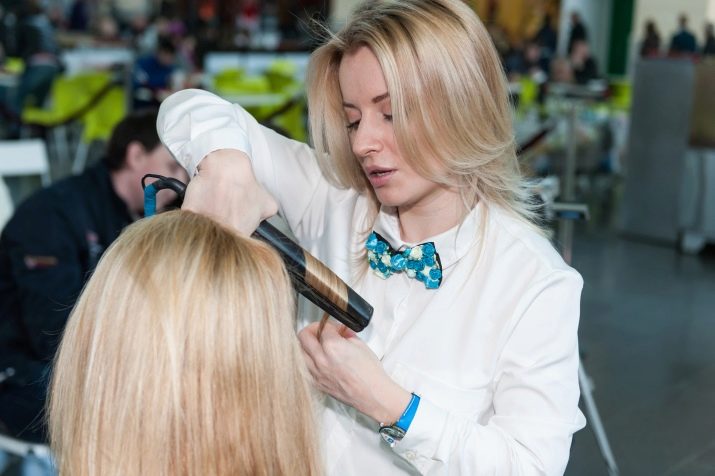
Job responsibilities
There are a lot of them, cutting and dyeing is only the first rung of the career ladder. The stylist knows how not only to cut well, do styling, but also to give the client's appearance a topicality. All major fashion trends should be known to a specialist.
What else will be on the list of duties of a hairdresser-stylist:
- assistance to the client in choosing the optimal hair length, hairstyle shape, shade;
- assistance to the visitor in choosing a staining technique;
- the choice of styling, which is created for a specific occasion (celebration, corporate party);
- the choice of haircuts for the client, depending on the type of hair;
- the ability to create hairstyles organized for display on stage or podium;
- modeling hairstyles with overhead strands;
- performing any modern haircut;
- performing different types of curling;
- knowledge of current technologies for hair therapy and restoration;
- carrying out full, informative consultations for the client;
- attending professional seminars and trainings, conferences, festivals;
- keeping the working area clean and comfortable, knowledge of sanitary and hygienic standards.
The versatile hairdresser rarely becomes a stylist. Nevertheless, the trend of the professional environment today is such that narrow specialists acquire value. For example, a stage hair stylist.
To be able to do everything equally well is a rare talent, the highest diligence.

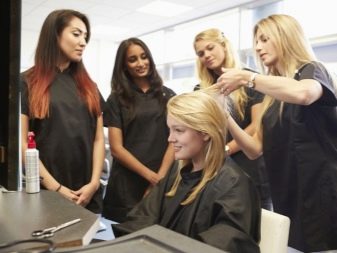
Requirements
Each beauty salon is looking for a master "for themselves". This should be a specialist who matches the concept of his company, its target audience.
Skills
Usually they have to be indicated in the resume. You need to write succinctly and succinctly. Too long a list of skills makes the employer think that the applicant is exaggerating his capabilities, wants to impress.
What skills are inherent in a hairdresser-stylist:
- possession of modern tools (a list of what a specialist really owns, for example, a trimmer, a machine);
- the ability to select, develop and perform different types of hairstyles - from everyday to evening;
- the ability to create a catwalk look for a model, perform artistic images for media products, advertisements, banners and more;
- analysis of the condition of the client's scalp and hair structure;
- experience in direct selling is a good bonus to basic skills;
- product knowledge - listing the brands with which the hairdresser worked;
- the ability to look for original solutions is creativity, it is especially appreciated today;
- performing staining - you should list the techniques that the specialist owns;
- communication skills.
Of course, every employer will look at the line "work experience" in the resume. And if the master has not yet acquired such, it is necessary to demonstrate other attractive professional sides.
For example, good courses that a hairdresser has mastered, participation in contests and creative projects, collaboration with other beauty specialists. And this experience can be acquired even during student years.
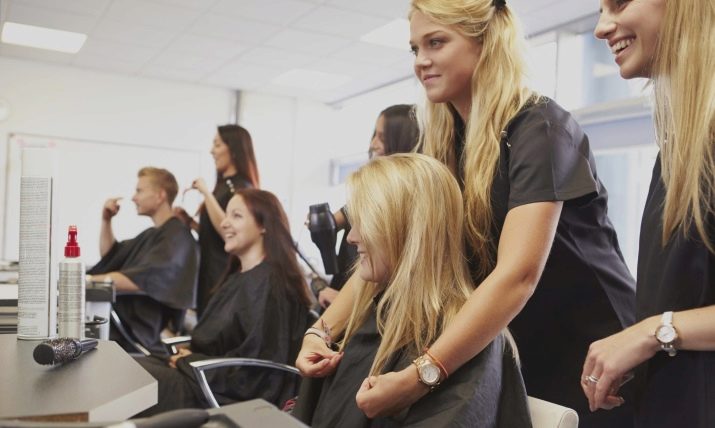
Qualities
If you create a conditional psychological portrait of a hairdresser-stylist, you can get informative instructions on those personal skills, qualities that will help to gain a foothold in the profession.
- Willingness to learn. Being curious, ready to acquire new knowledge and process it in the profession is the most important quality of a modern hairdresser-stylist. And the knowledge gained must be systematic, ordered, and obtained from competent sources.
- Sociability... The basic moment that ensures good work of the master and the client is trust. It is built using communication tactics. To be able to win over, to be able to listen is a real professional acquisition of a master. To "open" a client means to understand not only his desire to become outwardly more attractive, but also to hear a real individual request.
- Stress tolerance... If a person goes into depression after one unsuccessful haircut, he has no place in the profession. Analyzing the work performed, drawing conclusions, working out "weak" points - this is what needs to be done in case of professional failure. This is a correct reflection, but there is simply no time to feel sorry for yourself.
- Perfectionism. Not all stylist hairdressers are perfectionists, but the most successful ones tend to have this quality. The ability to bring things to perfection, to work out the smallest details is a very important quality for a person from the beauty industry.
- Developed intuition... Together with professional knowledge and skills, it helps to predict the result in advance.The client has not yet had time to sit down in a chair, but the master already knows what will suit him and how to make that very perfect hairstyle.
- Organization. If you have one, you can create your schedule so that it is both productive and stress-free for you. If the hairdresser is organized, the workplace and the glider will be clean, and even the goals for the year are likely to be achieved.
A developing specialist does not confine himself exclusively to his profession. To develop an artistic taste, you need to visit museums, study architecture (at least your hometown), and purchase art albums. This develops a "watching" which helps to hone a sense of harmony.
A good specialist will be familiar with the basics of psychology, business communication. Since he works with people, this knowledge will definitely not be extra baggage.

Education and career
You can study to be a hairdresser at a college. As a rule, these are colleges in which in 2-4 years (depending on whether a person enters after 9 or 11 grades), you can acquire the profession of a hairdresser with a specialization. The study is based on a lot of practice, which can be an excellent platform for professional experience. You need to collect a portfolio from your student years: this way you can quickly get on your feet in terms of the profession.
A college degree can support a basic diploma. And this is not always a specialized direction. Some hairdressers study at the art and graphic faculties, art history, believing that it is these skills and knowledge that help them in their profession.
Additional education is especially important for a hairdresser... In large cities, there are many different beauty schools and educational institutions that provide educational content in academic hours. The higher the status of the school, the more valuable the certificate received after studying in it.
A hairdresser-stylist must study throughout his career: once a year, in 2 years, you need to update your knowledge. This is the key to successful work, growth, self-development, new prospects.
